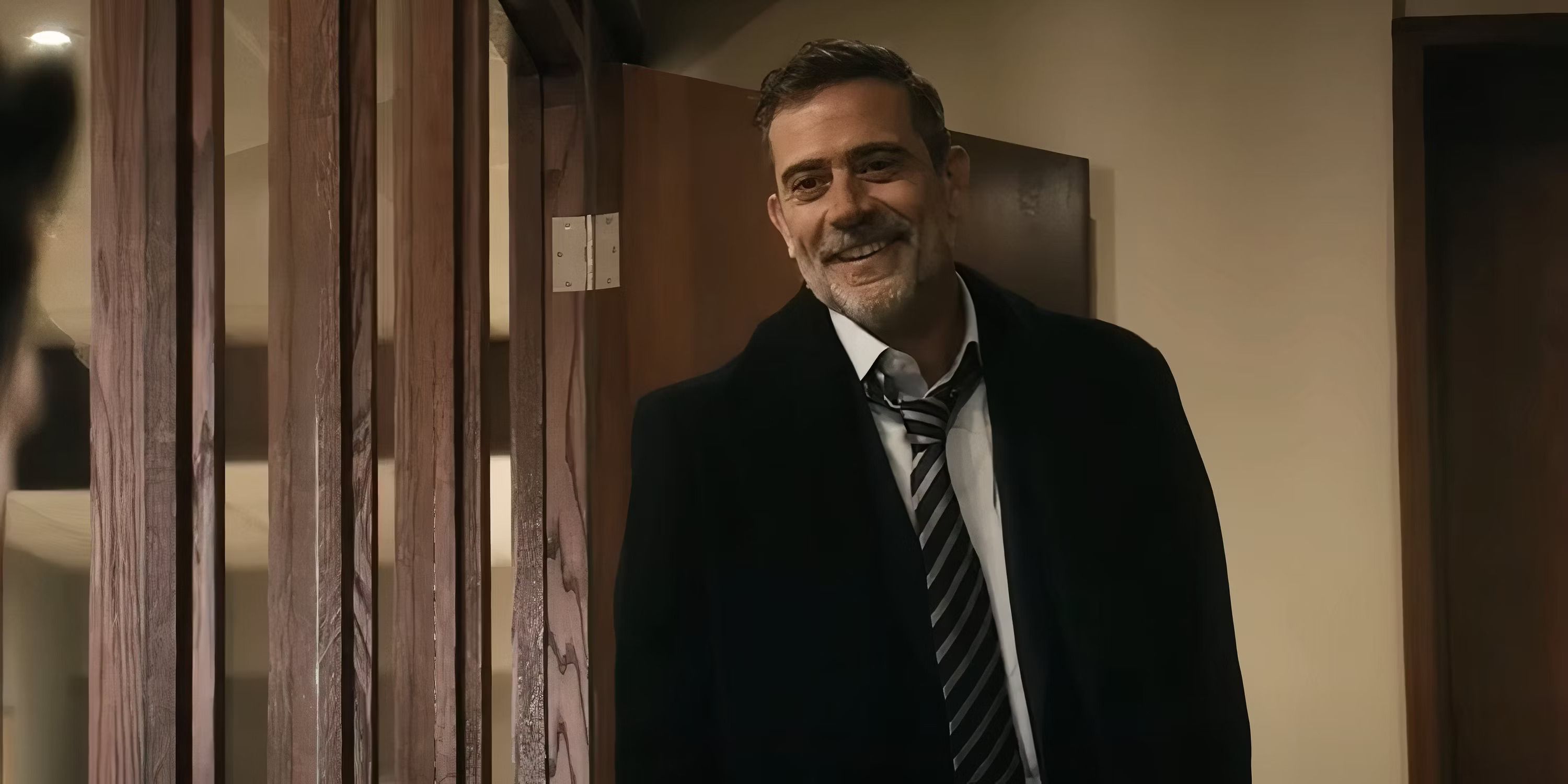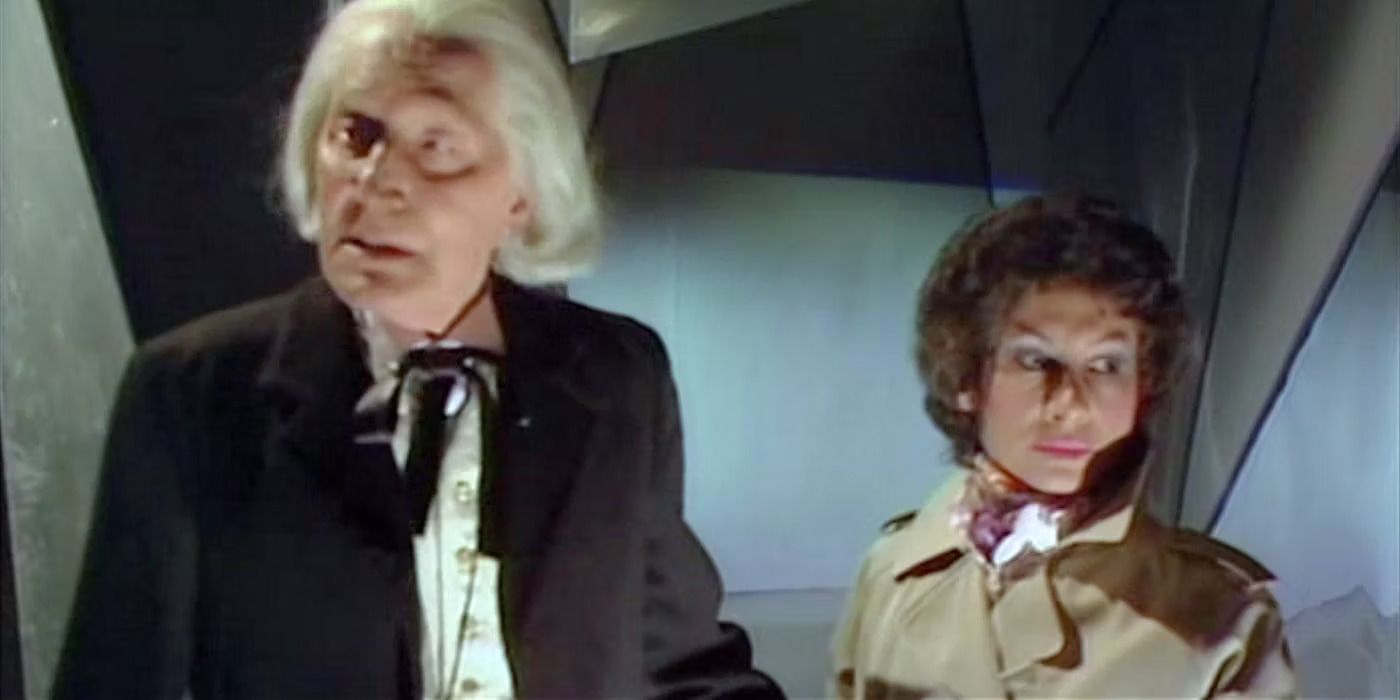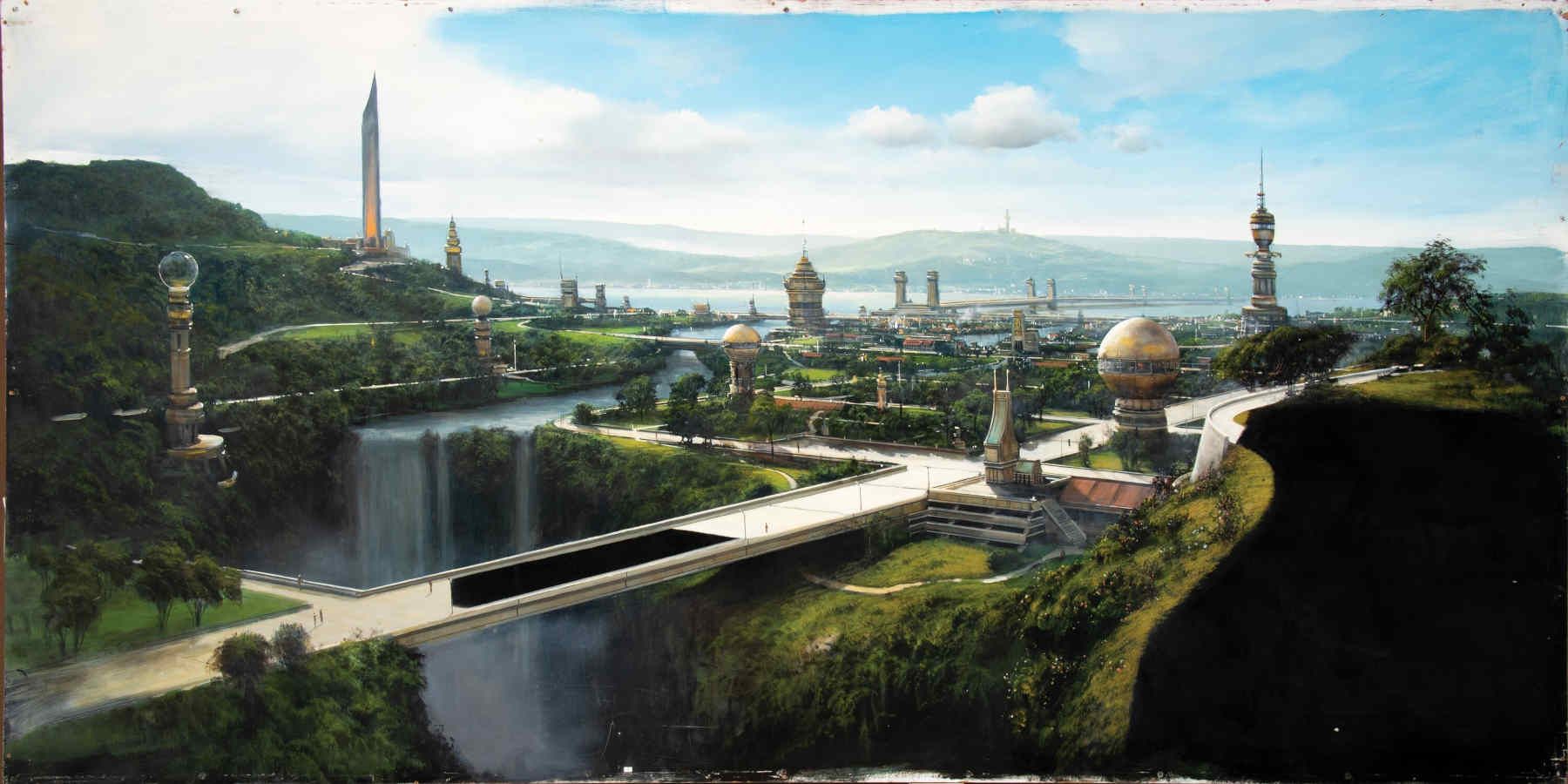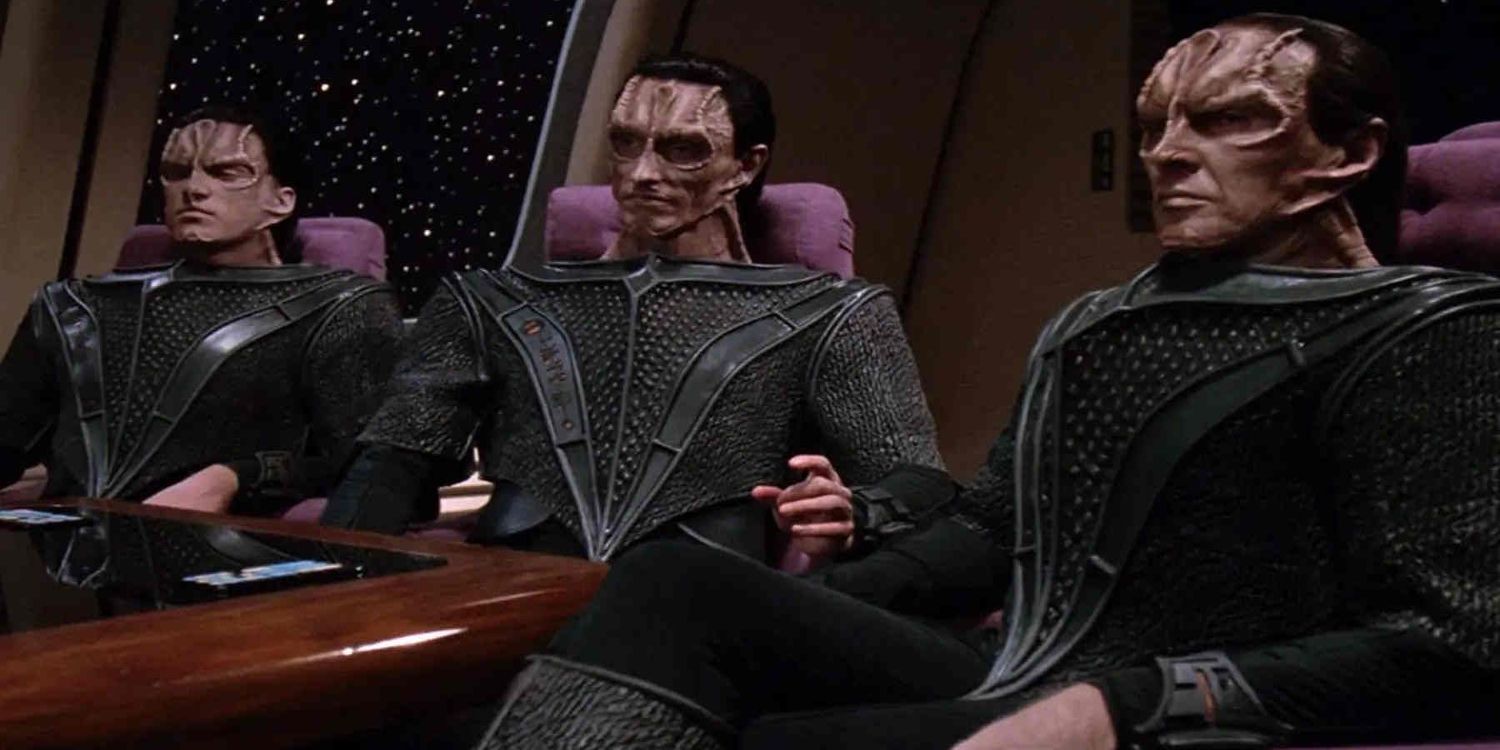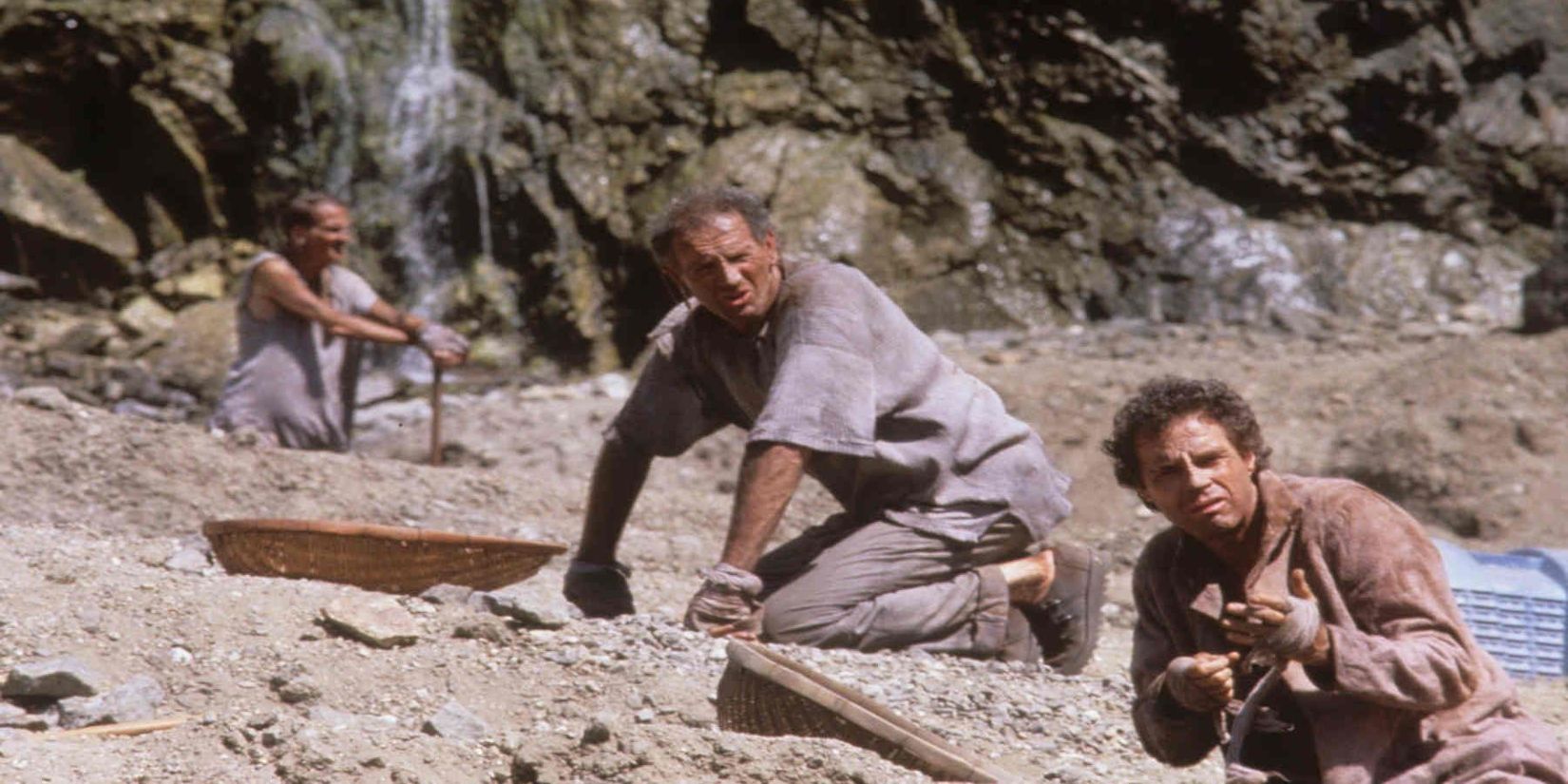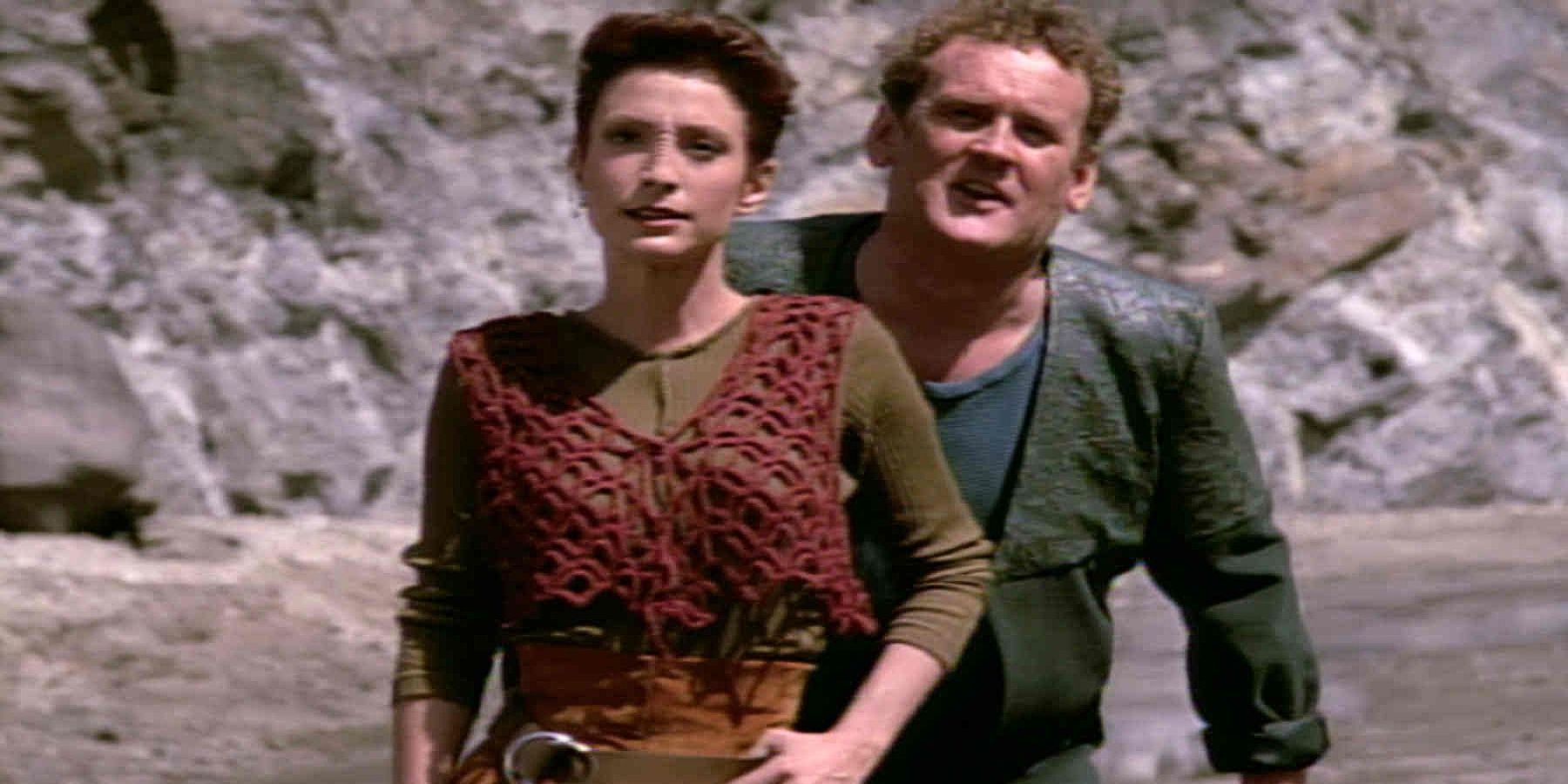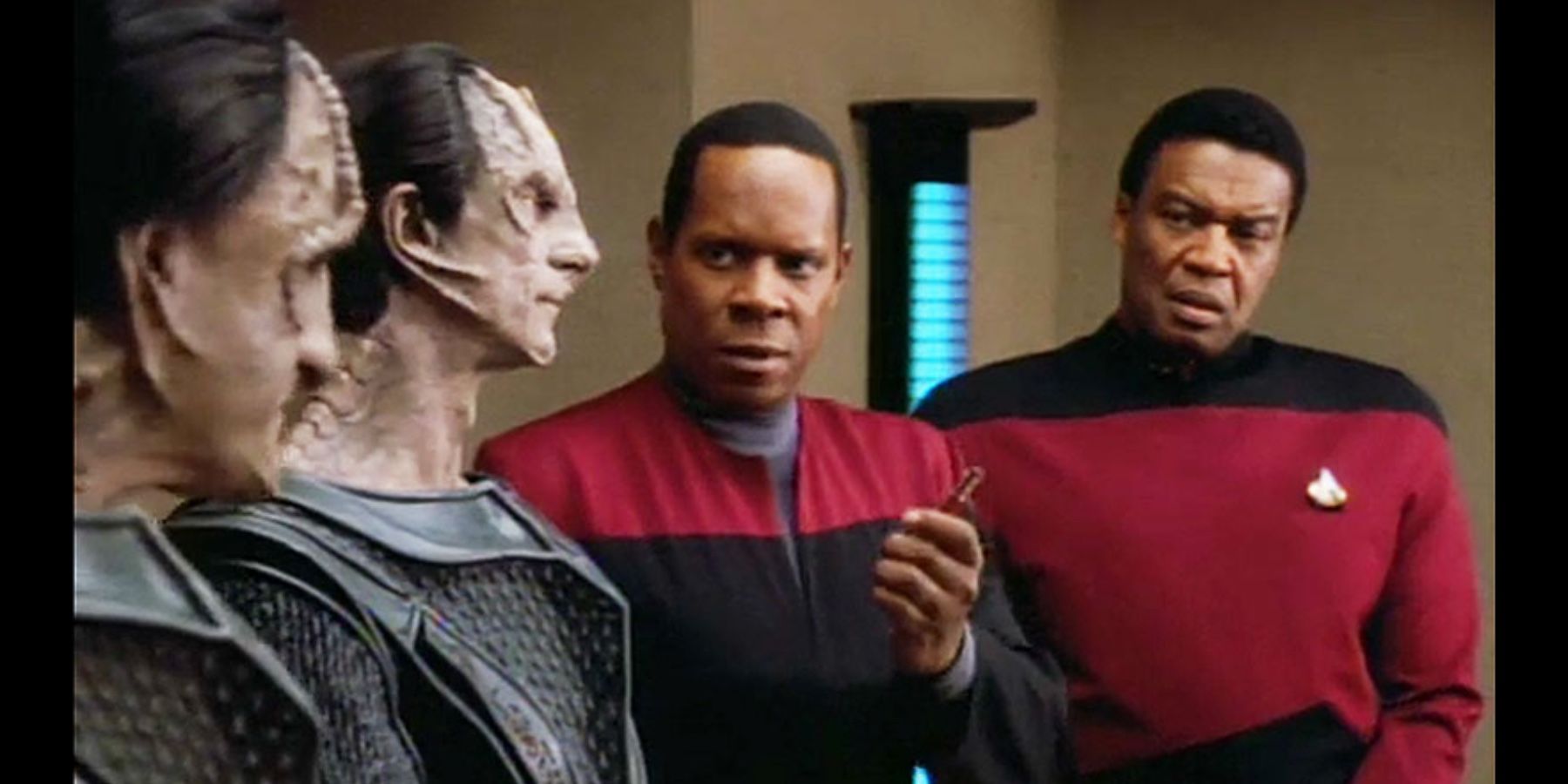Star Trek proved early on that it was unafraid of tackling serious issues. It later took that boldness a step further to address issues of occupation, oppression, and one alien race’s fight for freedom. For centuries, the Bajorans were a peaceful race of beings, cultivating a way of life that included being good to each other and the land on which they lived. They believed they prospered because of the celestial beings they called the Prophets, and that they should honor their blessings by sharing that goodness with their galactic neighbors in the Alpha Quadrant.
Then Cardassia showed up, and reminded them why being good to their neighbors doesn’t mean they can’t protect themselves. For all that the Cardassian government preached independence and self-sustainment, it was quite parasitic in the way it pushed itself forward. Many planets rich in resources yet lacking in defense strategies fell victim to Cardassian greed, and struggled to free themselves from its militaristic stranglehold. It replenished its own riches by essentially stealing them from planets unable to protect themselves, like Bajor.
Bajor was one of the oldest planets in the Alpha Quadrant when it found itself caught in the dangerous web of Cardassian interest around 2319. By 2328, Cardassia had further isolated Bajor so that it could continue to take advantage of its natural wonders and, later on, the labor of its native inhabitants. It took a little over forty years for the Federation to figure out a way to help Bajor without compromising the Prime Directive, which demands that Starfleet mind its own business when it comes to non-Federation political affairs.
Manifest Destiny in Space
Let Star Trek’s Gul Dukat (Marc Alaimo) tell it, and one would think that the Cardassian Occupation was the best thing to happen to Bajor. As far as he’s concerned, the Bajorans were merely faced with a set of challenges that forced them to mature into a Federation powerhouse of influence. In Deep Space Nine season 4, episode 4, “Indiscretion,” Major Kira Nerys (Nana Visitor) has the misfortune of traveling with Dukat on a quest to recover lost Bajoran prisoners. The Gul gets under the Major’s skin by claiming that “the Occupation actually helped Bajor.”
He then proceeds to call Cardassians “a little harsh in [their] methods” but that “the Bajoran people [were] stronger. . . [than they’d] been in centuries” as a result. Yet, anyone paying attention to Deep Space Nine understands just how inaccurate and simplistic this perspective is, and how delusional Dukat is to have it. Fortunately, Major Kira reminds him of the Bajorans forced into strip mining and those who were massacred in the process. Dukat was certainly not alone in how he saw the occupation, as proven by Garak’s (Andrew Robinson) own sugarcoating of Cardassian savagery pretending to be diplomatic kindness.
Cardassian Officers Abusing Bajoran Workers
Forced labor was a well-known cruelty of the Cardassian Occupation of Bajor, and it often resulted in exhaustion and heatstroke. Deep Space Nine never shied away from portraying the degrading conditions of workers made to inhabit labor camps and mine for ore. This involuntary servitude even led to the establishment of the Cardassian space station Terok Nor, which later became known as Deep Space Nine. Like any superpower brutalizing another society, Cardassia made Bajorans work for them while individual Cardassian officers took a sexual interest in Bajoran women.
In season 6, episode 17, “Wrongs Darker Than Death or Night,” Major Kira’s mother, Kira Meru (Leslie Hope), became a "comfort woman" for Gul Dukat in exchange for being able to provide her family with housing, food, and medical supplies. There were also many Cardassian officers known to physically assault Bajoran workers behind a variety of allegations – from displays of disrespect to working with the resistance. Considering that different factions of Bajorans eventually started fighting back, maybe Cardassia was right to be afraid.
The Bajoran Resistance Fights Back
Bajorans faced overcrowding from their living quarters to holding cells they’d been placed in by Cardassian officers. For the most part, this was to remind them of how they were seen as managed resources than sentient beings with rights. However, it made it easier for Bajorans to spread the word about the resistance efforts to take back Bajor. In the Star Trek year of 2357, 29 years after the occupation began, the Shakaar resistance cell was one of many freeing workers from labor camps all over Bajor as fans saw in season 1, episode 19, “Duet.”
Gul Dukat described Bajorans as a “weak, contemplative race” that needed the occupation to develop “new confidence” and “new purpose.” Major Kira responded by telling him that Bajor “accomplished [its freedom] in spite of the Cardassians, not because of them.” Even spiritual leaders like the controversial Kai Winn Adami (Louise Fletcher) bravely faced imprisonment to spread the teachings of the Prophets. By 2369, the resistance had evolved into the Bajoran Militia, and Bajorans could finally start working through their collective trauma.
The End of the Cardassian Occupation
By the time the Federation saw fit to intervene, the Bajoran resistance was already bringing the Cardassian Occupation to an end. Cardassia tried to claim that its withdrawal was a military decision made despite Bajoran resistance efforts. But the undeniable truth was that the Resistance effectively fought back in ways both stealthy and deadly, just like the Horta fought to protect its young from further genocide at the hands of Starfleet officers.
The Bajorans of Star Trek earned their freedom, even though they never should have been stripped of it in the first place. It showed in the gigantic tantrum that the Cardassian officers threw after they’d been expelled. They tampered with Deep Space Nine, poisoned several water sources directly on the planet, destroyed a religious site, and carried out multiple massacres, all as if to say that no one could have Bajor if the Cardassians couldn’t. They made a lot of noise on their way out, but it did nothing to stop them from being forced to leave in the first place. The Bajorans took back their planet and their sovereignty as a people.

